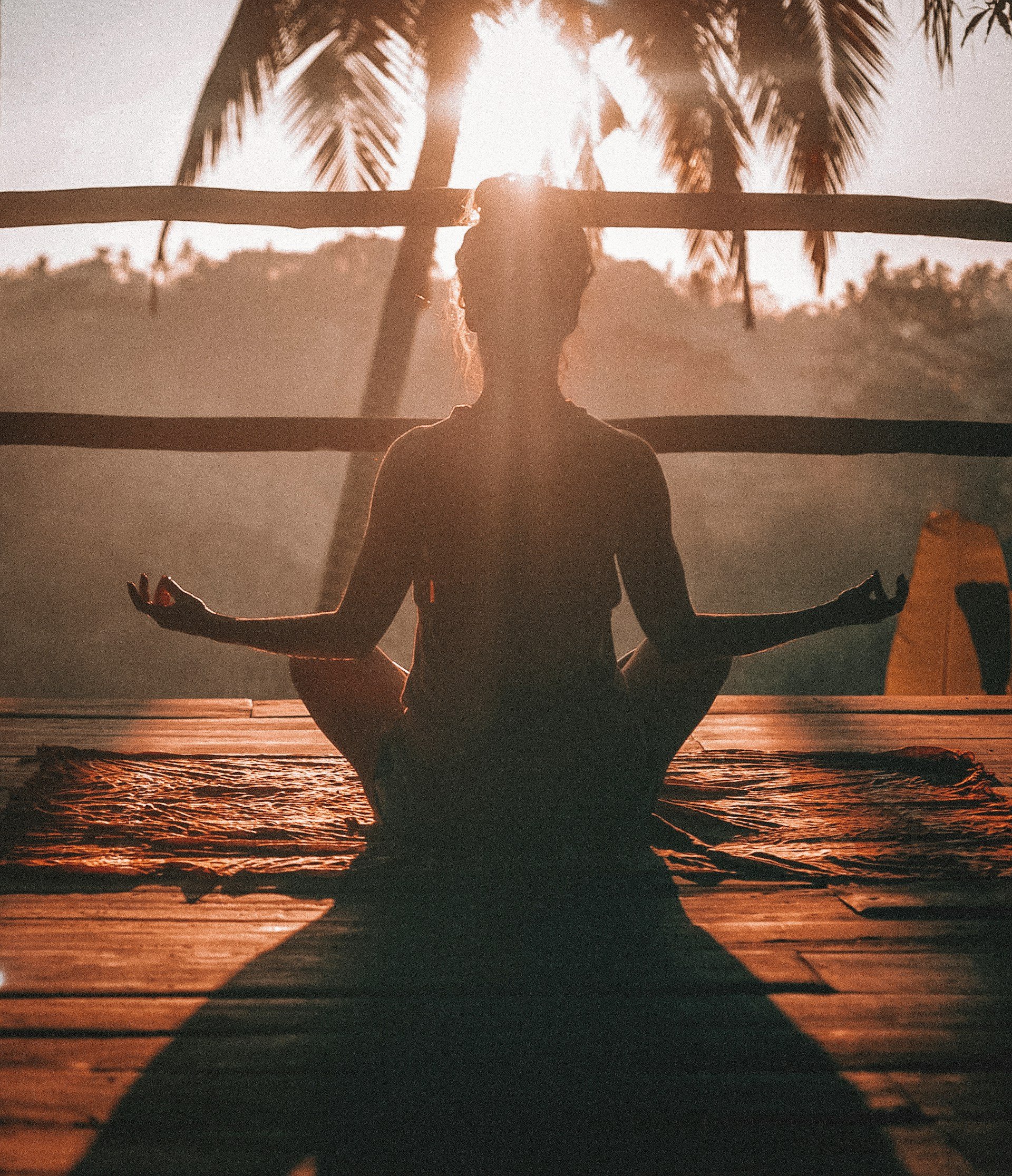Embarking on a spa day offers a serene escape from the hustle and bustle of daily life, allowing individuals to indulge in relaxation and rejuvenation. However, amidst the tranquil ambiance and luxurious treatments, it's essential to adhere to proper spa etiquette to ensure a seamless and enjoyable experience for both guests and staff. In this comprehensive guide, we'll delve into the dos and don'ts of spa etiquette, providing invaluable insights for anyone seeking to make the most of their spa day retreat.
1. Do Arrive Early
Arriving early for your spa appointment sets a positive tone for the entire experience. Aim to arrive at least 15 to 30 minutes before your scheduled treatment time to complete any necessary paperwork, change into provided attire, and begin unwinding in the spa's relaxation area. Punctuality demonstrates respect for the spa's schedule and allows you to fully immerse yourself in the tranquil ambiance before your treatment begins.
2. Don't Be Late
While arriving early is encouraged, being late for your appointment disrupts the schedule not only for yourself but also for other guests and spa staff. Promptness is key to ensuring that your treatment begins and ends on time, minimizing inconvenience for everyone involved. If unforeseen circumstances arise that may cause a delay, promptly notify the spa receptionist to inquire about rescheduling options.
3. Do Communicate Preferences and Concerns
Effective communication with your spa therapist is crucial for tailoring treatments to your specific needs and preferences. Whether you have allergies, sensitivities, or specific areas of focus for massage therapy, don't hesitate to express your concerns or preferences before the treatment begins. Clear communication empowers your therapist to customize the experience and ensure your comfort and satisfaction throughout the session.
4. Don't Use Your Phone
Spa environments are sanctuaries of relaxation and tranquility, intended to provide an escape from the distractions of everyday life. To respect the serene atmosphere and promote mindfulness, refrain from using your phone or electronic devices while in the spa facilities. Instead, embrace the opportunity to disconnect and immerse yourself fully in the present moment, savoring the indulgent experience unfolding before you.
5. Do Practice Proper Hygiene
Maintaining proper hygiene is paramount when visiting a spa to promote a clean and sanitary environment for all guests. Before your appointment, take a refreshing shower to cleanse your body and remove any lotions, oils, or cosmetics that may interfere with treatments. Additionally, avoid excessive perfume or cologne, as strong scents can detract from the sensory experience and may exacerbate sensitivities for others.
6. Don't Forget to Tip
Tipping is customary in the spa industry and serves as a token of appreciation for exceptional service. As a general guideline, consider tipping your spa therapist 15% to 20% of the treatment cost, or more for outstanding service. If you received multiple services or treatments from different providers, allocate tips accordingly to each therapist. While tipping practices may vary depending on the spa's policies and your level of satisfaction, expressing gratitude through gratuities is always appreciated.
7. Do Respect Quiet Zones
Spa facilities often designate certain areas, such as relaxation lounges, meditation rooms, or quiet zones, where guests can unwind in peaceful serenity. Respect these designated areas by maintaining a quiet demeanor, refraining from loud conversations or disruptive behavior. Allow fellow guests to bask in the tranquility of these spaces undisturbed, fostering an atmosphere conducive to relaxation and introspection.
8. Don't Overindulge in Food or Alcohol
While some spas offer complimentary refreshments or dining options, moderation is key when it comes to consuming food and alcohol during your spa day. Overindulgence can lead to discomfort during treatments, detracting from the overall relaxation experience. Instead, opt for light, nourishing fare and hydrating beverages to complement your spa experience without feeling overly full or sluggish.
9. Do Respect Personal Boundaries
During spa treatments, therapists work closely with guests to provide therapeutic touch and healing techniques. It's essential to respect personal boundaries and communicate any discomfort or preferences regarding physical contact. If you prefer a specific level of pressure during massages or have areas of sensitivity, don't hesitate to vocalize your needs to your therapist. Mutual respect and understanding ensure a comfortable and harmonious experience for both parties.
10. Don't Rush Through the Experience
Spa days are meant to be savored and enjoyed at a leisurely pace, free from the constraints of time and obligations. Resist the urge to rush through treatments or hastily move from one activity to the next. Instead, embrace each moment mindfully, relishing the sensations, aromas, and sensations that envelop you. Allow yourself to surrender to the therapeutic benefits of each treatment, cultivating a sense of deep relaxation and renewal that lingers long after your spa day concludes.
11. Do Engage in Quiet Activities
While waiting for your treatment or relaxing in the spa's amenities, engage in quiet activities that promote relaxation and mindfulness. Consider bringing a book, journal, or meditation guide to help you unwind and center yourself. Engaging in quiet activities not only enhances your personal relaxation but also contributes to the overall tranquility of the spa environment for other guests.
12. Don't Hog Spa Amenities
Spas often provide a range of amenities such as saunas, steam rooms, hot tubs, and relaxation lounges for guests to enjoy before or after their treatments. While these amenities and add on’s are meant for everyone's enjoyment, be mindful of sharing space and time with other guests. Avoid monopolizing amenities for an extended period, allowing others the opportunity to experience them as well.
13. Do Inform About Health Conditions
Before booking your spa appointment, inform the spa staff about any health conditions, allergies, or medical concerns you may have. Certain treatments or ingredients may not be suitable for individuals with specific health conditions or sensitivities. By providing this information in advance, the spa can accommodate your needs and recommend suitable treatments tailored to your health and wellness goals.
14. Don't Engage in Loud Conversations
Spas are tranquil sanctuaries designed to promote relaxation and rejuvenation. Loud conversations and disruptive behavior can disrupt the serene atmosphere and disturb other guests' experiences. Keep conversations at a low volume and refrain from engaging in loud or boisterous behavior while in shared spa spaces. Respectful behavior contributes to a harmonious environment where everyone can unwind and de-stress.
15. Do Follow Dress Code Guidelines
Many spas provide guests with robes, slippers, and disposable undergarments to wear during treatments. Follow the spa's dress code guidelines and wear the provided attire to ensure comfort and modesty during your treatments. If unsure about appropriate attire, don't hesitate to ask the spa staff for guidance. Adhering to dress code policies maintains professionalism and promotes a relaxed atmosphere for all guests.
16. Don't Bring Children or Pets
Spa environments are tailored to adult relaxation and may not be suitable for children or pets. To maintain a serene ambiance and ensure the comfort of all guests, refrain from bringing children or pets to the spa unless specifically permitted by the spa's policies. If childcare arrangements are necessary, consider scheduling your spa day during times when you can leave children in the care of a trusted caregiver.
17. Do Practice Gratitude
Expressing gratitude to spa staff for their exceptional service and hospitality is a simple yet meaningful gesture. Take a moment to thank your therapists, attendants, and receptionists for their professionalism and attentiveness throughout your spa day. A sincere expression of gratitude acknowledges their hard work and dedication, fostering positive relationships and enhancing the overall spa experience for everyone involved.
18. Don't Forget Self-Care After Your Visit
After your spa day concludes, continue practicing self-care to prolong the benefits of relaxation and rejuvenation. Stay hydrated, nourish your body with wholesome foods, and prioritize rest and relaxation in the days following your spa visit. Incorporating self-care practices into your routine helps maintain a sense of balance, well-being, and inner peace long after your spa day retreat.
By observing these dos and don'ts of spa etiquette, you can ensure a memorable and fulfilling spa day experience that leaves you feeling refreshed, revitalized, and ready to take on the world with a renewed sense of well-being. So, indulge in the luxury of self-care, embrace the tranquility of the spa environment, and savor every moment of your ultimate spa day retreat.






























































